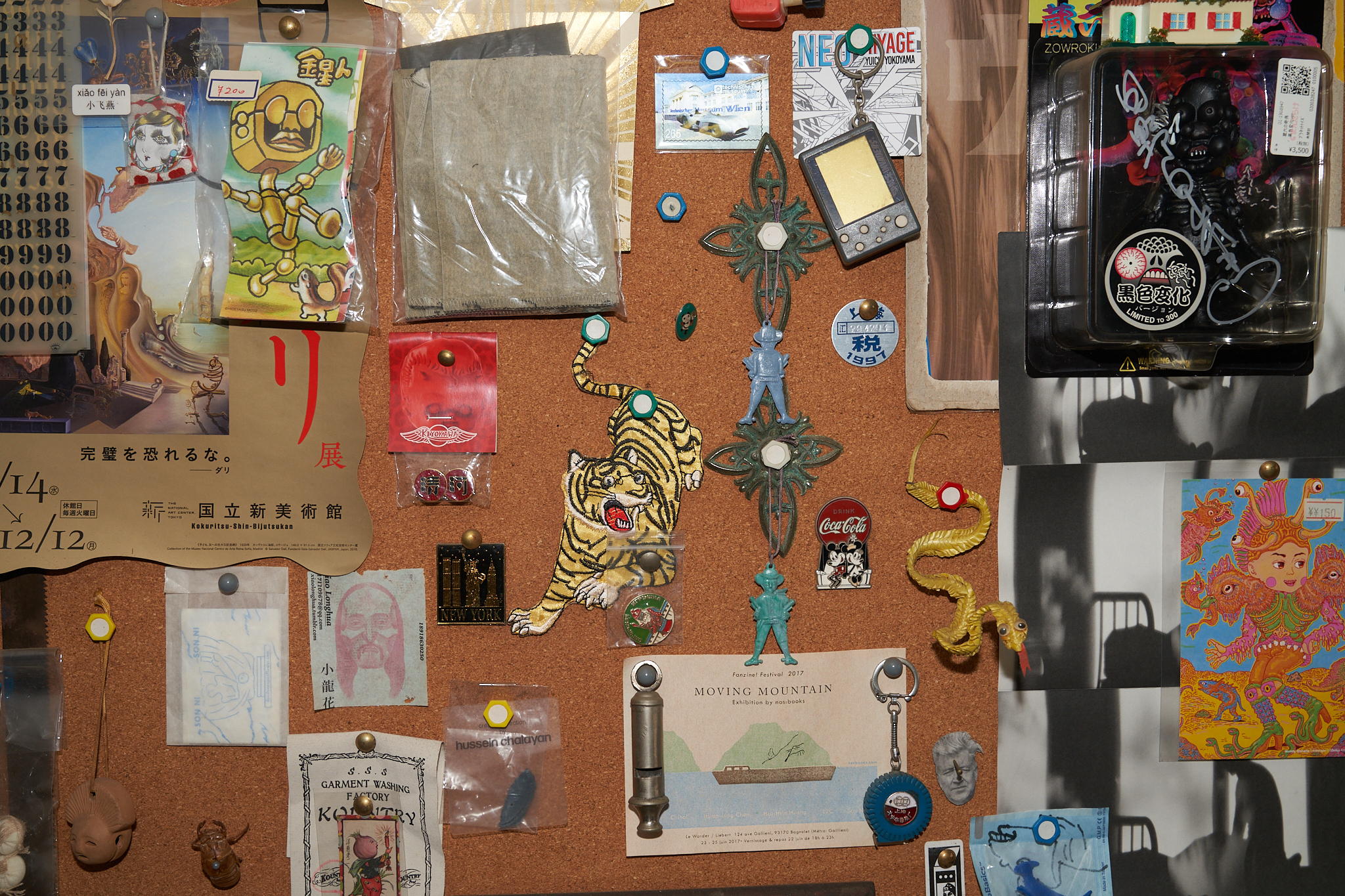IN A PERFECT WORLD
| May 11, 2011 | Post In LEAP 8

This may come as a shock to those in China, but in the United States some still dismiss Chinese contemporary art as a fad, comparable to the short-lived enthusiasm for Russian contemporary art in the 1980s. For many American collectors, China still can’t be taken seriously based on the handful of artists—Zhang Xiaogang, Yue Minjun, Ai Weiwei, Zhang Huan, Cai Guo-Qiang—who have received attention here in the past decade. Curator James Elaine, who relocated to Beijing four years ago and who has always been exceptionally talented at spotting emerging artists, has assembled a show that should refute any doubts that Westerners may harbor about the vitality of China’s art scene. Selecting twelve artists from various locations and backgrounds, he goes a long way in proving that Chinese contemporary art is much more than a collection of big heads and gunpowder explosions.
In fact, much of the imagery on view is difficult to pigeonhole as identifiably Chinese. That is because the artists selected were for most part born during the Reform Era and grew up in a China greatly opened to Western influences. This makes for some interesting, sometimes unintentional resonances. For example, Beijing artist Hu Xiaoyuan contributes a series of paintings, titled Wood Series I, II and III (2009), meticulous renditions of wood grain, painted with ink on silk, then stretched over wood panels. To my eyes, trained in the New York school of the 1980s and 90s, these seem closely related to the experiments of Richard Artschwager, who often faked the look of wood in a range of materials. But it also obviously evolved from traditional Chinese ink and brush painting, albeit with a contemporary conceptual spin.
These are artists who are conscious of how Chinese art is perceived in the West, but are able to reinvent the genre and create something entirely new. Video is one medium in which this seems to happen frequently, and several good examples were on view. Lu Yang created the highly disturbing KRAFTTREMOR (2011), in which patients with Parkinson’s Disease, actual and actors, appear to be shaking and jerking in response to electrical charges. The video is accompanied by a digital print depicting a mad scientist inflicting a machine called a Deep Brain Stimulator on a quartet of elderly patients. Cheng Ran combines Thomas Mann’s Death in Venice with a high fashion style in his video, Anonymity or Imitation and Imagining of Man Ray’s Tears (1930-1932) (2010) in which a young man dressed only in briefs stands on a rock by the seashore with glass tears cascading down his face.
But, the most effective work in the exhibition was also one of the simplest and most straightforward. Yan Xing, a young Beijing artist who is also part of the collective Company, delivers a speech about his childhood facing a wall away from the camera. All viewers can see is the back of his head as they listen to him poetically rant about being raised by a single mother with multiple boyfriends whom he was ordered to call “Dad.” (His biological father served time in prison for robbery and was a drug addict.) In New York, the film was silent with the words delivered in English subtitles while the sound of Yan speaking was broadcast out on the street, where arguably few pedestrians in Chelsea would understand the Chinese. This instilled a sense of displacement and dislocation to match the artist’s highly emotional tale of alienation. As personal as this piece is, it also conveys the impact that the rapid economic changes in China in the past two decades has had on traditional families and on one young man who struggles to make sense of his history.
While many of these artists have already shown in galleries in Beijing and Shanghai, none of them have been seen in New York before. Elaine does a great job in providing an introduction to this generation of Chinese artists who work in diverse styles and are not easily grouped together. Instead of demonstrating that there is a singular Chinese aesthetic, this show demonstrates that young artists in China are moving beyond stereotypes and would be better understood as highly individual art-makers, rather than representatives of a country or a generation. Barbara Pollack

